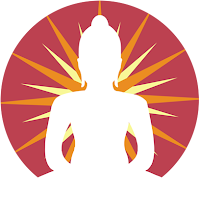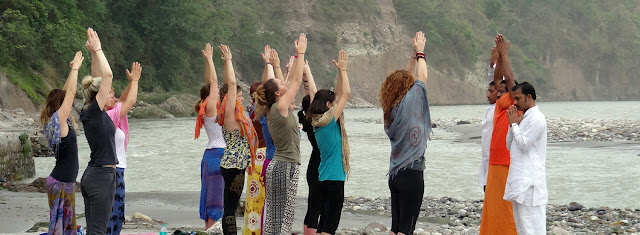Ashtanga Yoga is indeed very beneficial for the body and the mind. It is not a static form of yoga but keeps on evolving to suit all kinds of people who want to practice it. The evolution though faces stiff opposition from traditionalists. The traditionalists are of the view that tinkering can alter the asanas and it might not be pure form of Ashtanga Yoga.
However, if the changes are done keeping in view the basic principles then they are good. The 200 hour Ashtanga Vinyasa teacher training course starts with the Vinyasa that is the movement of limbs with breath. The first set of Vinyasa is the Sun salutation that has six different Vinyasa. The course moves forward with a couple of standing postures and then sitting postures.
After some days some challenging poses are introduced, which might seem difficult for some students. Proper encouragement with view on possible injury needs to be the way to go ahead. Here is where the experience of a teacher comes in. He/She can provide alternative methods to do the movements which seem easier to the student while still keeping the basic traditions intact. The role of a teacher is thus critical in Ashtanga Vinyasa Yoga. The basics should remain as a standard around which the changes are done which makes the technique evolve.
Over the years the sequence and styles have changed with the needs of the students. Changing the intensity of practice is one thing that has been brought in this form of Yoga. The advantage is that the intensity can be increased or decreased as per the requirement and the time. The first 6 months though should be followed with tradition and later on the individual needs should guide the evolution. This form of yoga is quite new to practiced by the general people. Earlier it was exclusively practiced by Yogis who used to live in isolation in caves in the Himalayas. What makes the form unique? Well that is a discussion for some other time.
Over the years the sequence and styles have changed with the needs of the students. Changing the intensity of practice is one thing that has been brought in this form of Yoga. The advantage is that the intensity can be increased or decreased as per the requirement and the time. The first 6 months though should be followed with tradition and later on the individual needs should guide the evolution. This form of yoga is quite new to practiced by the general people. Earlier it was exclusively practiced by Yogis who used to live in isolation in caves in the Himalayas. What makes the form unique? Well that is a discussion for some other time.




No comments:
Post a Comment